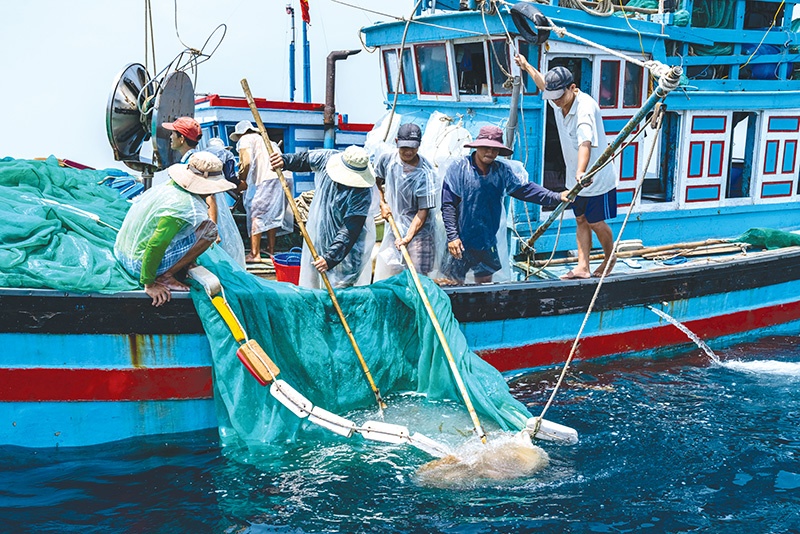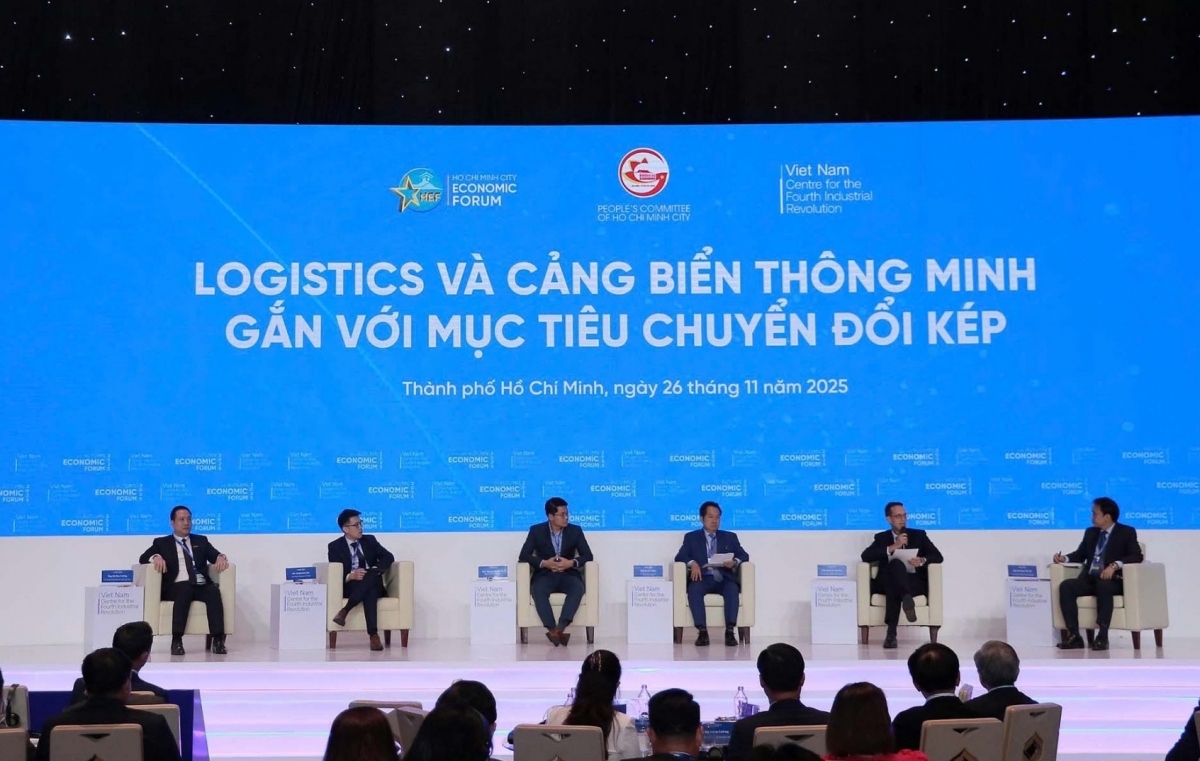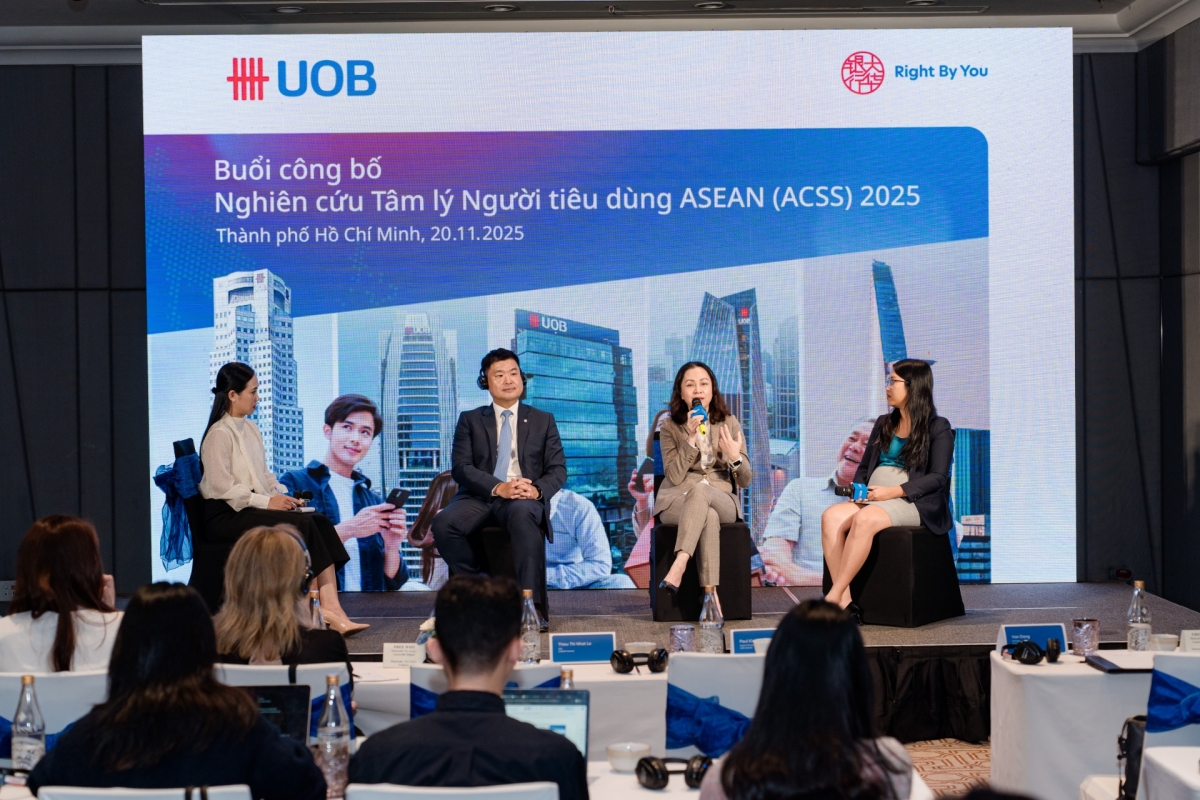INTERNATIONAL INVESTMENT
AND PORTAL
Phu Yen province is placing focus on its marine economy as a key industry, taking advantage of its 190km coastline and 34,000km exclusive sea economic zone.
 The province is making moves to increase the performance of its aquaculture sector. Photo: Shutterstock
The province is making moves to increase the performance of its aquaculture sector. Photo: Shutterstock
In the framework of Prime Minister Pham Minh Chinh’s recent trip to Japan, the representatives of Phu Yen People’s Committee and Kyiomur Group signed an agreement to cooperate in terms of seafood and aquaculture. As the province with the largest tuna fishery in Vietnam, Phu Yen expects that the tie-up with the Japanese group will help the province to build a sustainable and professional seafood catching sector, especially when it comes to tuna.
In addition, establishing relationships with foreign partners such as Kyiomur Group is a step to ensuring the marine economy becomes a leading sector of the province.
Provincial statistics last year show that the total quantity of both fishing and aquaculture reached 75,000 tonnes with a total value of $184 million and export value of $53 million.
Phu Yen authorities have since been approving various methods to support and fund fishermen to encourage them to contribute to ensuring sector stability.
According to Nguyen Trong Tung, director of Phu Yen Department of Agriculture and Rural Development, the total of aquacultural products this year is estimated to hit 12,000 tonnes, a rise from 2020.
In general, the average value per hectare of the aquaculture water surface is $43.5 million and the export turnover was $53 million, equalling 30 per cent of the province’s export value.
Phu Yen’s long coastline boasts many unique natural features in collaboration with diversified seafood reserves, which are big advantages for the province to drive the seafood sector as its leading economy.
Along with developing the seafood and aquacultural sector, the province also has advantages to promote tourism with the ownership of 16 islands. In particular, the prime minister has approved a plan for Xuan Dai Bay to become a National Tourist Site by 2030.
The coastal province also preserves many historical relics and special festivals of fishermen, creating its own cultural features that can help further develop general tourism and especially marine tourism. Many of the unique and outstanding landscapes of the sea and islands include Xuan Dai Bay, Bai Mon-Mui Dien, Hon Yen Complex, and the special national site of Ganh Da Dia.
The province has formed five coastal industrial parks with a total area of over 460ha and an investment registration rate of 77 per cent; this includes the 20,000-ha South Phu Yen Economic Zone (EZ), which is one of eight key coastal EZs in the country.
Phu Yen has issued an action programme on marine economic development associated with attracting investment capital, especially in the South Phu Yen EZ.
The action plan’s target is to develop the marine economy on the basis of green growth and the province will build sea and coastal areas with high economic growth, as a multi-sector and multi-function EZ.
By 2025, the province targets to complete the important technical infrastructure of some key sectors in terms of the marine economy, and become a leading province in this field by the end of the decade.
Secretary of Phu Yen Party Committee, Pham Dai Duong, said that the marine economy is an area in which coastal localities such as Phu Yen should look for breakthroughs, and so the province is determined to latch onto these opportunities to create motivation for socioeconomic growth.
Phu Yen will therefore attempt to create a basis for the province’s sustainable development, increase investment attraction, and preserve and promote cultural features of the marine area while focusing on environmental protection. At the same time, the province will preserve the sustainable development of biodiversity.
By Hoang Anh



















